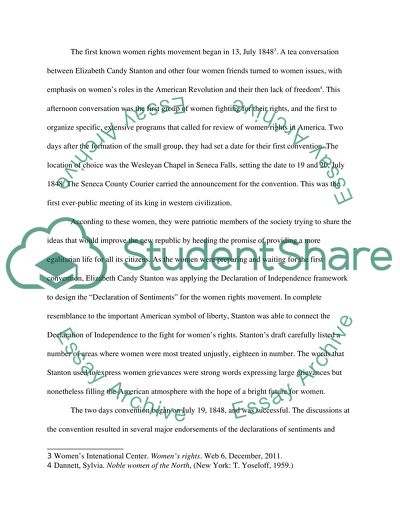Cite this document
(“Women Rights Research Paper Example | Topics and Well Written Essays - 1000 words”, n.d.)
Retrieved from https://studentshare.org/history/1439550-women-rights
Retrieved from https://studentshare.org/history/1439550-women-rights
(Women Rights Research Paper Example | Topics and Well Written Essays - 1000 Words)
https://studentshare.org/history/1439550-women-rights.
https://studentshare.org/history/1439550-women-rights.
“Women Rights Research Paper Example | Topics and Well Written Essays - 1000 Words”, n.d. https://studentshare.org/history/1439550-women-rights.


